Continuous deployment
with docker
@sublimino
Delivery Engineer
News UK, Visa, British Gas
www.binarysludge.com
codes

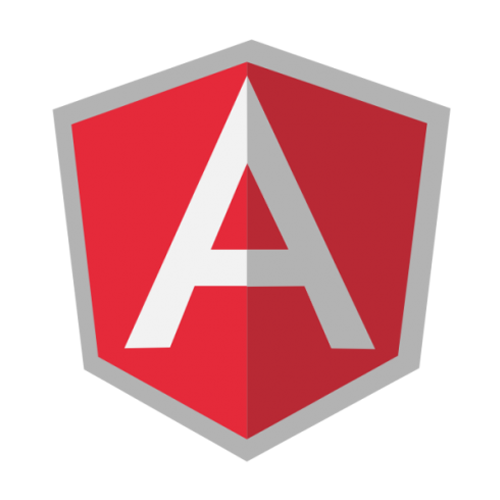

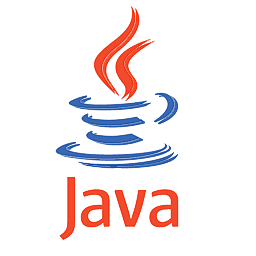

Containment
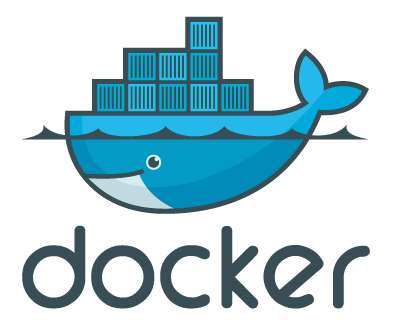


data

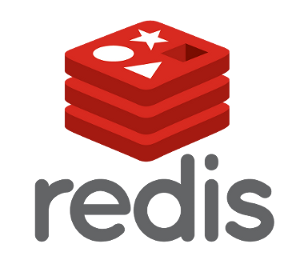

efficacy




Principles
-
Partial or whole stack deployable on developers' machines
- Ease of full stack debugging
- Build server verifies tests rather than running them for the first time
- No staging environment, feature toggles instead
-
Devs can run system integration tests, but they're slow to boostrap
- System integration faster, incremental deployments
pick any two
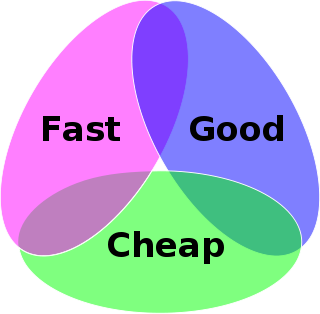
more Principles
- Containers identical from dev through test to production
- Logic branched on environment variables
- Deterministic pipeline
- Constant cycle-time optimisation

Continuous delivery/deployment
- Always ready to deploy vs always deployed
-
All code/containers must be testable
- Test teams should never be bigger than dev teams
- Humans are fallible, testers more so
-
Machines are all that will be left one day

BRING PAIN FORWARD
deliver continuously
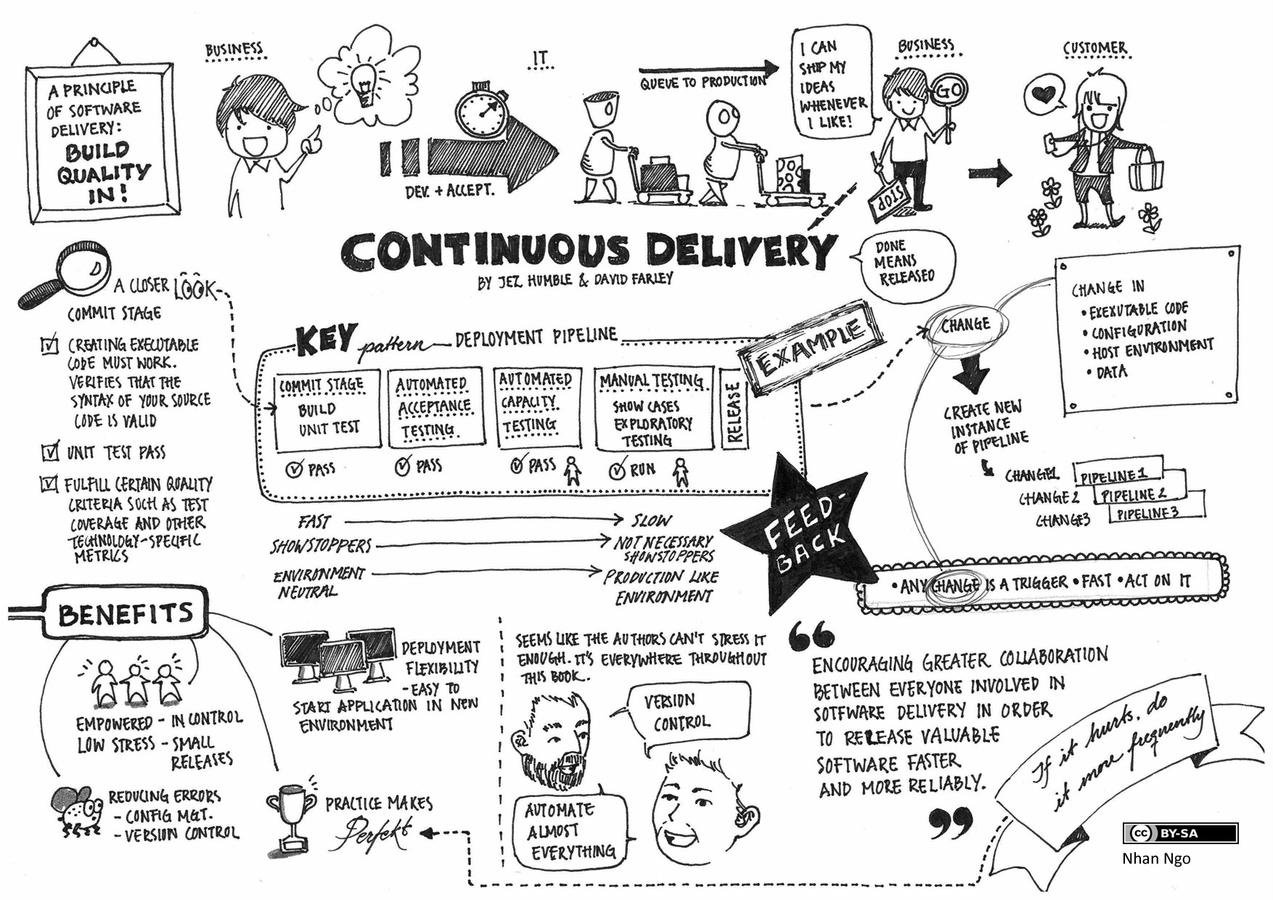
developer Workflow
- Hack some code
- Run local tests
- Commit to build server
- Profit

On green deploy
- Push new code version to production alongside current
- Balance traffic over to new version
- Monitor cluster health, error rates and response times
- Run post-deployment acceptance tests against the cluster
- Revert to previous version if KPI tolerances exceeded

Implementation
-
Shared code repository
- npm module
- Present in every repository/image (even couchbase/redis)
- Contains linting rules, extensible task runner, read-only credentials
- Idempotent npm post-install task creates test directories and manipulates filesystem
- Any change triggers cascading builds in dependent jobs
Task runner
- Stream processing and parallel task execution
- Abstract invocation of language/library specificities
- Tight dev feedback loop, reduced cycle-time

Unified task interface
Abstracts docker, fleet and test commands$ gulp <tab>
browserify fleet:restart test:functional
build fleet:start test:functional:remote
build-properties help test:functional:watch
build:watch less test:integration
default lint test:integration:remote
docker:build livereload test:integration:watch
...-
4 different test runners, correct one inferred and invoked
-
Defers test execution to cross platform BASH scripts
- Simple CLI options abstracted, i.e. --xml
- BATS acceptance tested
- https://github.com/sstephenson/bats
- OSX vs Linux - some GNU-ish complexities
- Build server has no logic
dev to docker
- Component developed with tests
-
Developer builds Dockerfile for component
- FROM common base image
- ADD source files
- RUN installation of dependencies
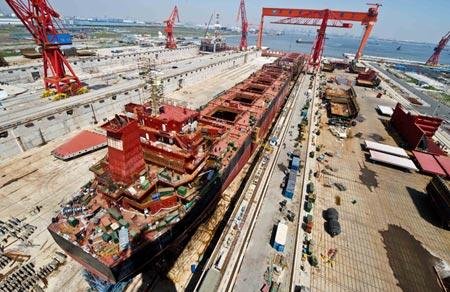
testing, testing
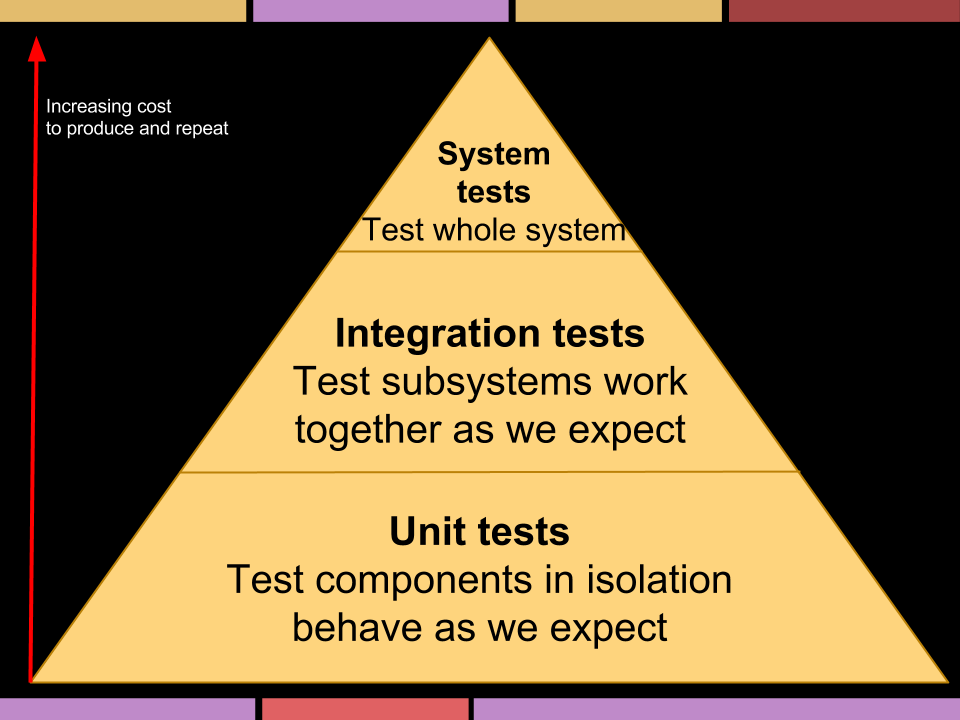
Test setup script
- Global setup/teardown and test override hooks
- External services brought up with fig
-
Each repository's fig.yml configuration file:
- Defines the component's invocation
- ...and that of any immediate dependencies
fig.yml
- fig.yml of component under test is copied to fig-test.yml
- Dependent components' fig.yml files merged into fig-test.yml
- Brings in transitive dependencies
-
Environment variables are templated
- NODE_ENV
- Database names
- IPs and ports
- (single b2d VM or single build node)
fig on a build server
- Used to complain at the absence of a TTY
- Hacked around it...
export SCRIPT_COMMAND="$NOHUP_COMMAND script --quiet --command"
funky cross platform fixes required
export TARGET_FIG_FILE=${TARGET_FIG_FILE:-fig-test.yml}
export PROJECT_NAME=$(basename "$(pwd)" | sed 's/[^a-z]//g');
export FIG_COMMAND="fig --file=${TARGET_FIG_FILE} --project-name ${PROJECT_NAME}";
...
figUp() {
$SCRIPT_COMMAND $FIG_COMMAND up
}
...gnu gnu gnu
This is the price paid for cross platform compatibility
# linux defaults
export BASE64_COMMAND="base64 -w 0"
export NOHUP_COMMAND="nohup"
export SCRIPT_COMMAND="$NOHUP_COMMAND script --quiet --command"
# osx overrides
[[ $(uname) = 'Darwin' ]] && {
darwinScript() {
$NOHUP_COMMAND script -q typescript $(echo $1 \
| sed -e 's/$^"//g' -e 's/"$//g')
}
SCRIPT_COMMAND="darwinScript"
BASE64_COMMAND="base64"
[[ $(command -v reattach-to-user-namespace) ]] && {
NOHUP_COMMAND="reattach-to-user-namespace nohup"
}
}back to test Setup script
- HTTP health checks and /health endpoints are used to determine availability
- Sleep is avoided where possible
- Other necessary pre-test config
- API oAuth authentication
- Endpoints for exposing tunnels to Sauce labs
- JS/CSS build chains
docker image tests
- Tests are run against a container's public interface - i.e. exposed ports
- Database fixtures in a separate image, invoked using links
- On build server test completion, image is tagged
- Tagged image pushed to private docker registry
Promotion
- Once the component's tests are passed, system integration tests occur
- These ensure the interfaces between components match
- On completion, non-functional tests are run in an isolated environment
- If all pass, the component is marked for deployment

Deployment
- Orchestration still nascent
-
Current design informed by Kubernetes
-
in lieu of 1.0 we've implemented a stripped-down feature set
- Service discovery via etcd
- HAProxy routing via confd
- Rolling updates
- Added cluster immune system and rollback
-
in lieu of 1.0 we've implemented a stripped-down feature set
In conclusion
-
Continuous deployment
- Start with tests
- Build a deterministic pipeline
- Deploy to production
- Monitor everything
- Use KPIs for a cluster immune system
- Roll back if KPIs exceed tolerances
- Halt the pipeline, analysis/5 whys?
- Write a failing test case before fixing it
- Re-enable the pipeline
- Sleep well at night
fin
@sublimino
www.binarysludge.com